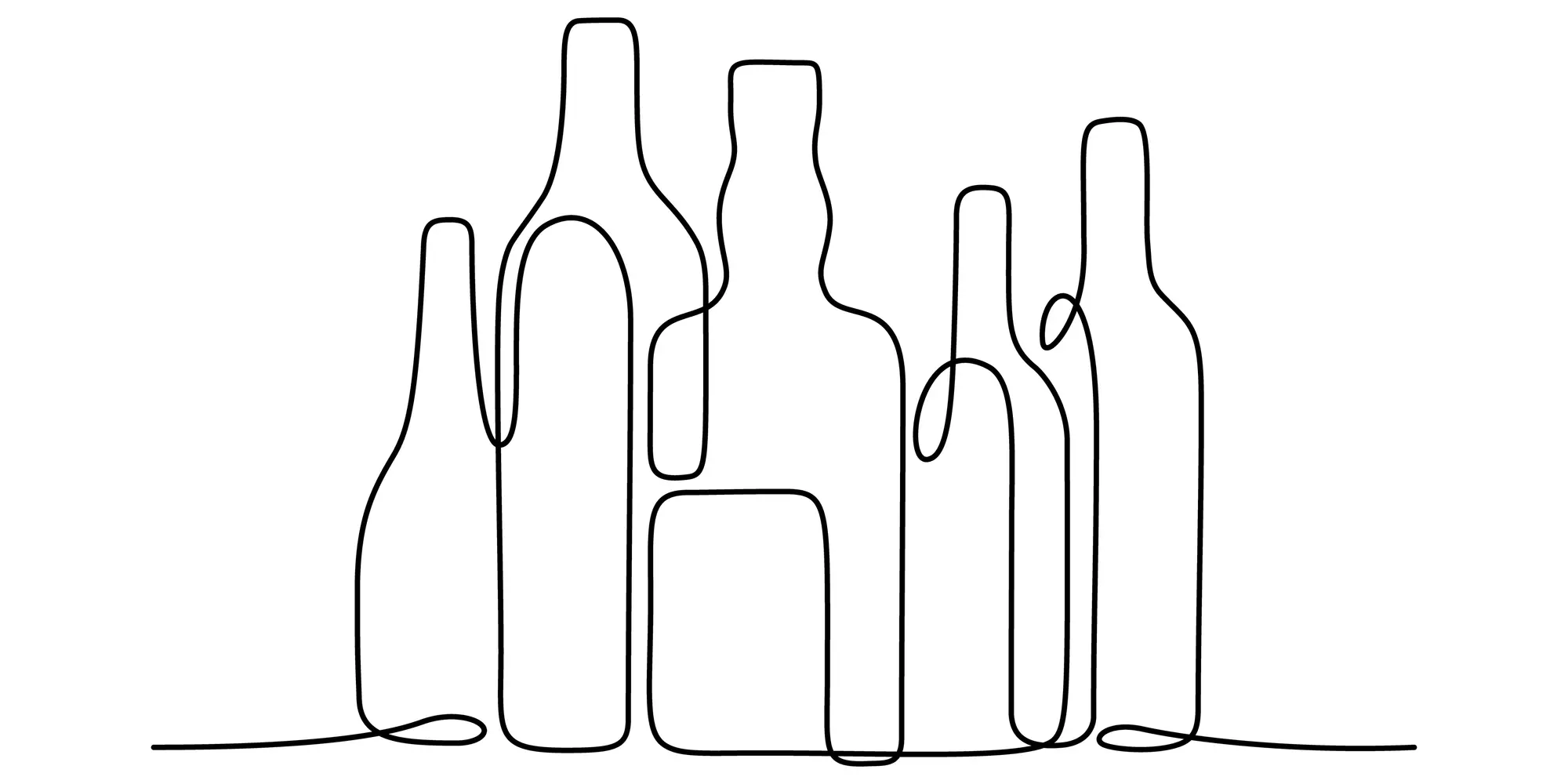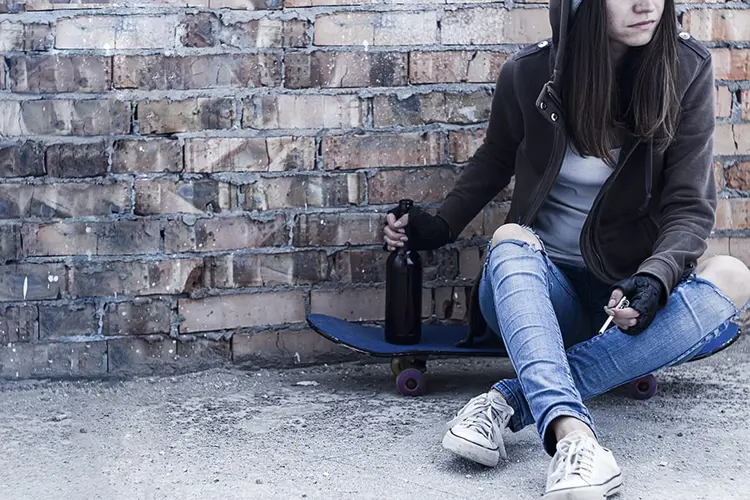
Young Adults Reduced Drinking During and After Pandemic
A new study finds heavy-drinking young adults decreased alcohol intake during the pandemic
Media Inquiries
A new study examined the drinking levels and patterns of young adults before, during and after the pandemic. The researchers found alcohol use and alcohol-related problems substantially decreased in heavy-drinking young adults during the pandemic, and these decreases were still evident as the pandemic began to wane. The results are available in the May 2 issue of the journal Nature Mental Health(opens in new window).
“The pandemic gave us a unique opportunity to see how wide-spread mitigation measures like social distancing and bar/restaurant closures may have affected alcohol consumption,” said lead author Kasey Creswell(opens in new window), associate professor of psychology at Carnegie Mellon University. “We focused on young adults who were engaging in heavy drinking before the onset of the pandemic, and we followed them over time to see if there were any pandemic-related changes to their alcohol consumption and alcohol problems.”
Unlike most prior studies of drinking habits during the pandemic, this study prospectively examined the drinking patterns of 234 heavy-drinking young adults ages 21 to 29 years from before to well after the onset of the pandemic. Prior to the pandemic, these individuals had to report binge drinking at least four times in the past month, defined as consuming five or more drinks per occasion (for males) and four or more drinks per occasion (for females). The team gathered data every six months from February 2018 to March 2022.
Results showed that these young adults significantly reduced how much and how often they were drinking from before to after the onset of the pandemic. Notably, they decreased their monthly alcohol consumption by nearly 13 drinks, and they also reported significantly fewer alcohol-related problems. Notably, these reductions in alcohol use and alcohol problems were still evident up to two years after the start of the pandemic.
According to Creswell, the results may in part be explained by the environment. Alcohol was still available to these young adults during the pandemic, but the context in which they were drinking likely changed drastically for most of them. Due to pandemic restrictions, they couldn’t drink with friends at parties or in bars, contexts that are usually associated with heavy alcohol use in young adults. The study authors highlight the impact of social settings in problematic alcohol use.
“Alcohol is a social drug,” said Aidan Wright(opens in new window), the Phil F. Jenkins Research Professor of Depression at the Eisenberg Family Depression Center and professor of psychology at the University of Michigan. Wright is a contributing author on this study. “These results highlight the social nature of drinking and speak to the importance of the social context in driving drinking behavior.”
The study also found significant decreases in negative emotions during the pandemic but did not find any change in the use of alcohol as a coping mechanism. The results for men and women followed similar patterns.
“Although there are overall trends that show declining patterns in drinking, it doesn’t mean that people did not have high periods of drinking,” said Wright. “The averages hide a lot of information, smearing over a lot of different trajectories that people took.”
Of note, solitary drinking did increase during the pandemic, with participants reporting a 4% increase in this habit. Creswell’s previous research has associated solitary drinking with an increased risk of developing alcohol problems. Creswell acknowledges the increase in solitary drinking in this study remained fairly muted, considering the constraints in accessing alcohol in social settings due to pandemic-related mitigation measures.
“Drinking to cope is the main reason young people engage in solitary drinking,” said Creswell. “But in this study, we actually saw a decrease in drinking to cope motives along with decreases in negative affectivity, so we think this increase in solitary drinking is less of a signal of something problematic happening and more a result of pandemic-related restrictions on social drinking settings.”
The study was limited to drinking-age adults (21 years or older) in a primarily white population. The results may not be broadly generalizable to other groups. Creswell notes that future studies are needed to evaluate the effect of the pandemic on alcohol consumption and related problems in different populations.
Alcohol-related problems were assessed in the study using the Alcohol Use Disorder Identification Test and the Brief Young Adult Alcohol Consequences Questionnaire. Negative affect was assessed using the Personality Inventory for DSM-5.
“The pandemic was really hard on a lot of people, but for this group of young adults who were engaging in heavy drinking, the pandemic seems to have had a long-term positive effect,” she said.
Creswell and Wright were joined by Greta Lyons and Francisco Carrillo-Álvarez at CMU, Garrett Hisler at the University of Pittsburgh and Catharine Fairbairn at the University of Illinois at Urbana-Champaign on the study, titled “Changes in alcohol consumption and alcohol problems before and after the COVID-19 pandemic: a prospective study in heavy drinking young adults(opens in new window).” The project received support from the National Institutes of Health.



